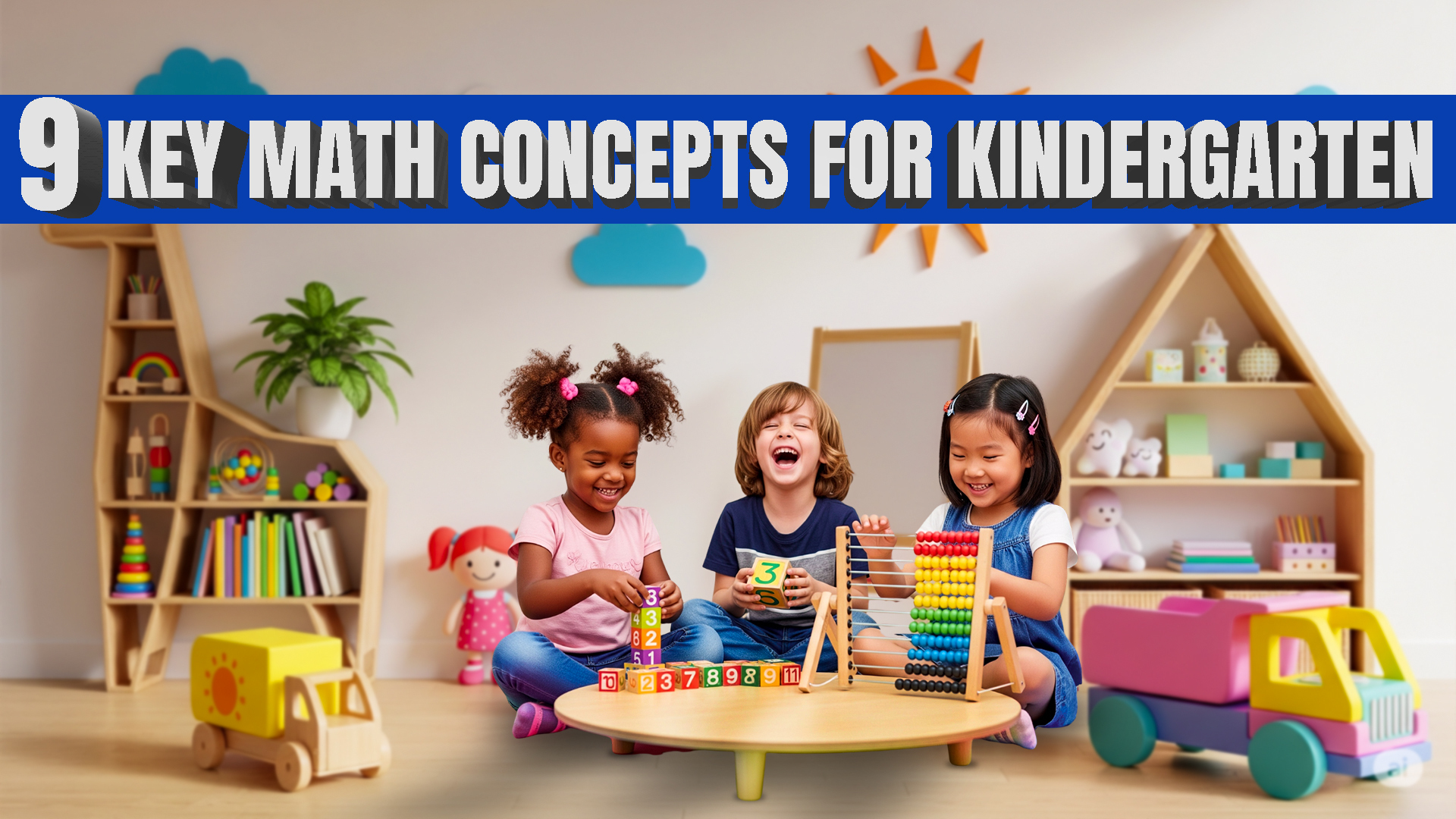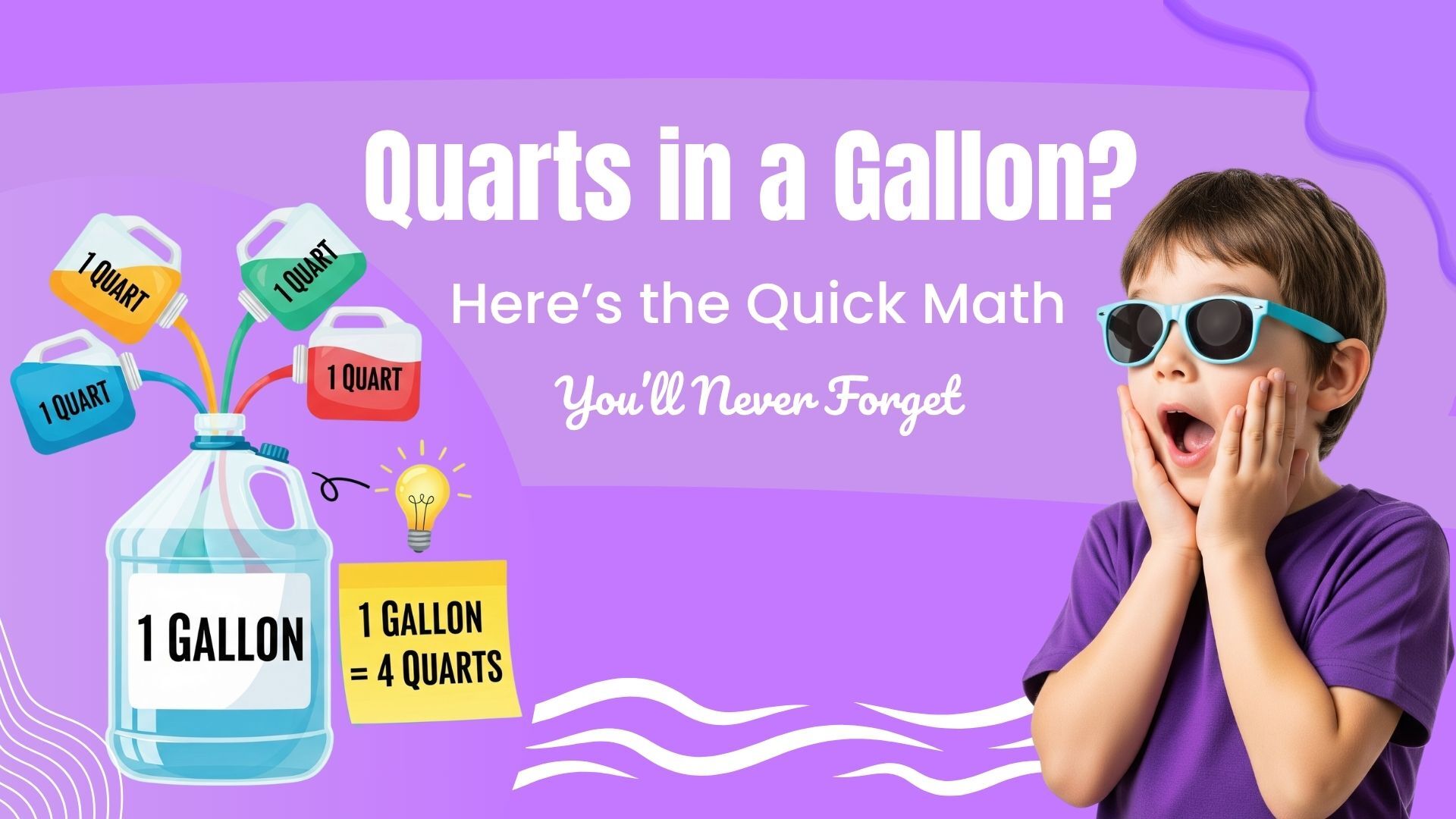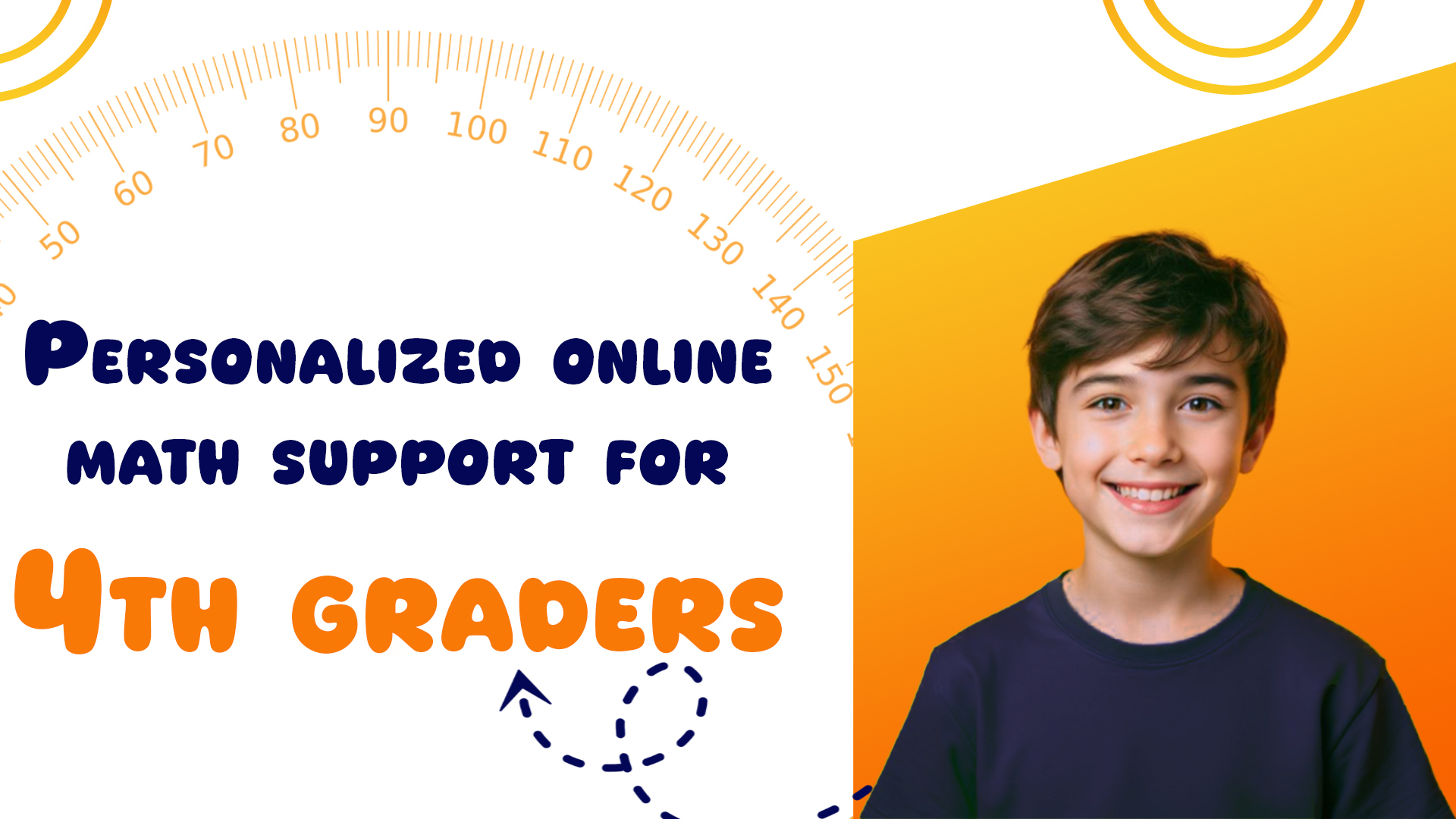Pre-K Math Made Easy: 9 Key Concepts for Early Learners
- 19 June 2025
- Published by tutree
- STEM.org Accredited™ Partner

Early childhood is a period of incredible growth and discovery, and introducing math concepts at this stage lays a powerful foundation for future academic success. It's not about drills or complex equations; it's about making numbers, shapes, and patterns a fun and natural part of their world.
Here at Tutree, we believe in nurturing a love for learning from the very beginning. For our youngest learners, Pre-K math is about exploring through play and building intuitive understanding. Let's dive into 9 key concepts that make early math engaging and easy!
1. Counting and Number Recognition: The Building Blocks
This is where it all begins! Helping children understand not just the sequence of numbers (1, 2, 3...) but also that each number represents a quantity (one object, two objects).
How to make it easy:
- Everyday Counting: Count fingers and toes, toys, steps, snacks, or even claps! Make it a natural part of daily routines.
- One-to-One Correspondence: As they count, encourage them to touch each object. This helps them connect the number word to the actual item.
- Number Games: Use simple games like "How many blocks?" or "Count the apples." Flashcards with numerals and corresponding dots can also be fun.
2. Shapes and Spatial Reasoning: Navigating Their World
Understanding shapes (circles, squares, triangles) and how objects fit in space (over, under, next to) is crucial for developing logical thinking and problem-solving skills.
How to make it easy:
- Shape Hunt: Go on a "shape hunt" around the house or outdoors. "Can you find something shaped like a circle?"
- Building with Blocks: Encourage building towers and structures. Talk about how different shaped blocks fit together.
- Puzzles: Simple shape sorters and jigsaw puzzles are excellent for developing spatial reasoning.
3. Sorting and Classifying: Finding Connections
The ability to group objects based on shared characteristics (color, size, type) is a fundamental pre-math skill that teaches children to notice similarities and differences.
How to make it easy:
- Toy Sort: Sort toys by color, size, or type (e.g., all cars in one bin, all blocks in another).
- Laundry Fun: Involve them in sorting clean laundry by color or by whose clothes they are.
- Nature Collections: Sort leaves, rocks, or flowers found on a walk.
4. Patterns: Recognizing Order
Patterns help children predict what comes next, a vital skill for both math and reading. It teaches them about sequence and repetition.
How to make it easy:
- Simple AB Patterns: Use blocks, beads, or even snacks (apple, grape, apple, grape...).
- Body Patterns: Create movement patterns like clap-stomp-clap-stomp.
- Picture Patterns: Draw simple patterns and ask them to continue them.
5. Comparing: Understanding "More" and "Less"
This concept introduces foundational ideas of quantity and measurement, moving beyond simple counting to comparing groups.
How to make it easy:
- Snack Time Comparisons: "Who has more crackers?" or "Do you want more milk or less?"
- Object Comparison: Have two groups of objects and ask, "Which group has more?" or "Which has fewer?"
- Size Comparisons: Compare the size of toys, books, or even their own hands and feet ("My hand is bigger than yours!").
6. Measurement Basics: Exploring Size
While formal measurement comes later, Pre-K introduces the concept of attributes like length, height, and weight through informal comparisons.
How to make it easy:
- Non-Standard Measurement: Use blocks to measure how long a book is, or use their own feet to measure the length of a room.
- Heavy vs. Light: Explore objects and discuss which ones feel heavy or light. Use a simple balance scale for fun.
- Water Play: Pouring water between different-sized containers introduces volume and capacity.
7. Basic Addition and Subtraction (Informal): Understanding Change
At this stage, it's not about equations, but about understanding that adding means "putting together" or "getting more," and subtracting means "taking away" or "having less."
How to make it easy:
- Counting On/Taking Away: "You have two cookies, and I give you one more. How many do you have now?"
- Manipulatives: Use small toys or blocks to physically add to or take away from a group.
- Story Problems: Create simple stories like "Three birds were on a branch, and one flew away. How many are left?"
8. Problem-Solving: Thinking Critically
Math is inherently about problem-solving. Encouraging critical thinking in Pre-K helps children approach challenges systematically.
How to make it easy:
- Everyday Dilemmas: "We have 5 cups but 6 people. What should we do?"
- Construction Challenges: "How can we make this tower taller without it falling over?"
- Cause and Effect: Discuss what happens when they add or remove items from a group.
9. Data Collection & Representation (Informal): Making Sense of Information
Introducing very basic concepts of collecting and interpreting simple information helps children organize their thoughts and observe patterns in quantities.
How to make it easy:
- Favorite Color Chart: Create a simple chart by drawing a block for each family member's favorite color.
- Counting Collections: After sorting toys, count how many are in each group and compare.
- Weather Chart: Use pictures to track sunny, cloudy, or rainy days on a simple calendar.
Nurturing a love for math in Pre-K is all about play, exploration, and making learning a joyful experience. By integrating these concepts into everyday activities, you're not just teaching numbers; you're building foundational skills in logical thinking, critical reasoning, and curiosity that will benefit your child for years to come.
Ready to embark on this exciting math journey with your little one?


